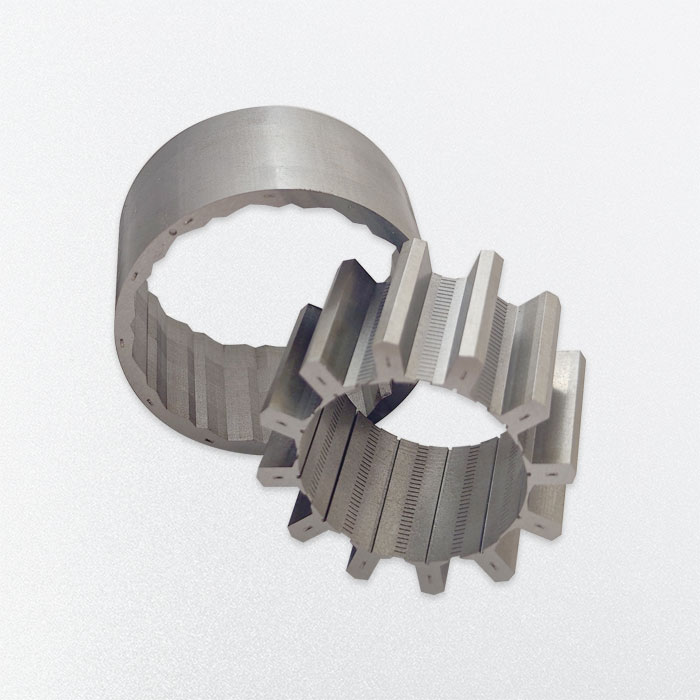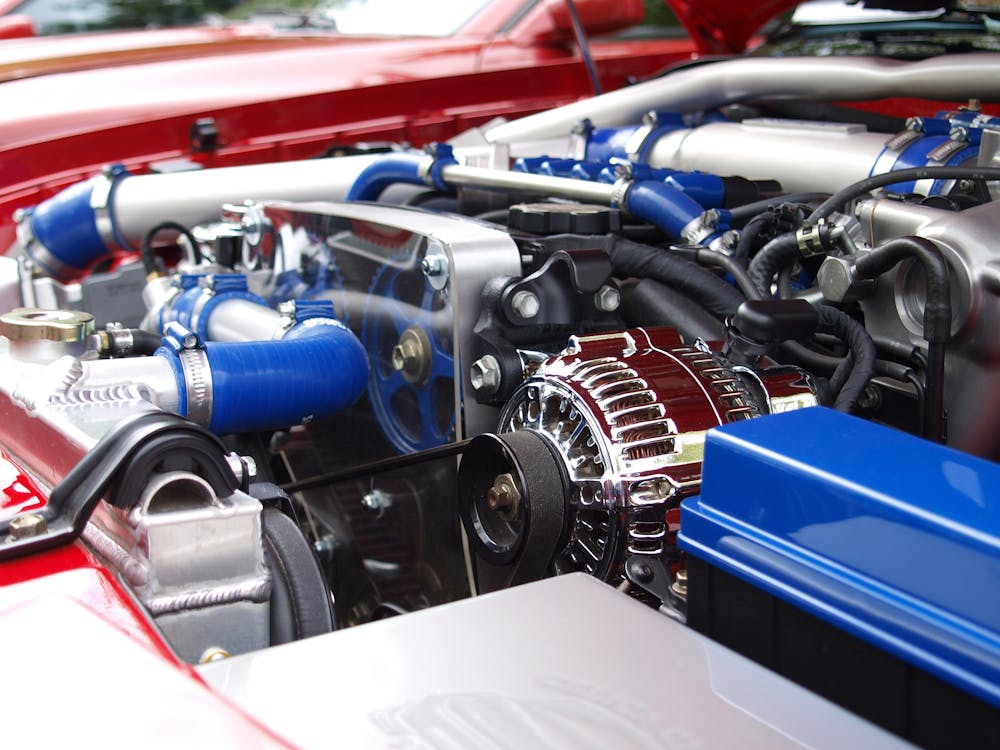It is proven that by owning a car workshop repair manual or car factory service manual as it is sometimes referred to as could optimise how car owners manage the maintenance and repairs of their cars. These OEM service manuals in essence contain detailed and specific information that enable car owners or even independent mechanics to diagnose issues quickly and apply the necessary fixes accurately.
In other words, owning these manuals eliminates or reduces the amount of time that it takes to troubleshoot issues. It does not matter if the person is a vehicle owner, a mechanic, a workshop owner or a classic car collector, these factory service manuals will ensure that these individuals will save money that would otherwise be spent on repairs, and maintenance.
In essence a car repair manual is in fact comprehensive guides that cover every single aspect of the car that range from general service to complex repairs associated with a specific car model of vehicle. Repair manuals should not be mistaken for generic guides as generic guides are not specific to particular make or model whereas car repair manuals are published by the manufacturer of the car itself and contain everything from technical specifications, wiring diagrams and step by step instructions on how to fix problems specific to a car make and model. Mechanics especially will find these manuals extremely useful as a resource for troubleshooting problems and following through with accurate repairs.
In order to use these manuals effectively, the user of the manual must have some basic knowledge of cars and tools in order to make the most out of the manual. Firstly, it is crucial to identify the issue or problem area for instance a warning light on the dashboard or even a strange noise and to do this refer to the index in the manual (table of contents) in order to locate the section in the manual that is relevant.
Generally, the manual will provide a diagnostic guide that helps the user to identify the root of the problem. From here on (once the problem has been identified) it is about following the step-by-step Instructions that is provided in the manual carefully and diligently especially when it involves disassembling parts or checking components. The manual will also provide step-by step guides to reassemble parts after the repairs are completed.
It is imperative that the users of the manual pay attention to all the diagrams and illustrations involved carefully and in most case scenarios, they only contain information that is relevant which in essence simplifies procedures which otherwise would be complex. Keeping within the specifications, torque values and fluid capacities during the repair stage is critical, using the right tools and applying specified pressure will ensure that costly mistakes are prevented.
Most repair manuals come with diagnostic charts that help users to manage troubleshooting more effectively as these charts help users to narrow down issue systematically which saves a lot of time and more importantly it will save money.













:max_bytes(150000):strip_icc()/GettyImages-522272311-5949bdc15f9b58d58a035319.jpg)
